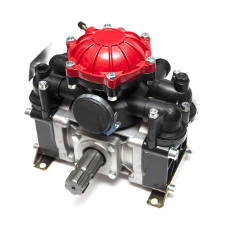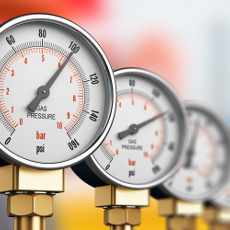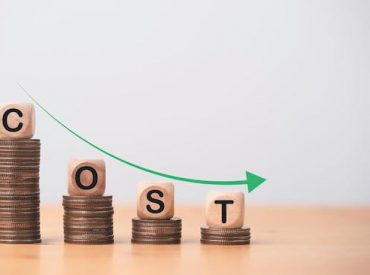We take immense pride in unveiling our latest masterpiece – our digital brochure. Packed with insights, expertise, and solutions that can transform your business, it’s a must-have resource for industry leaders and enthusiasts alike. Ready to explore a world of possibilities? Don’t miss out. Download our brochure today and embark on a journey of excellence with Refteck.
How to Reduce Your Invoice and Supplier Base
Are you tired of spending long hours to manage your suppliers and invoices? Do you ever feel as though you are juggling too many different systems and relationships?
If so, you are not alone. Many organisations find it difficult to keep up with their invoices and supplier bases, which can result in a variety of issues, including higher expenses, less productivity and a higher risk of mistakes.
But here's a good news!
You can take a variety of actions that can lessen your invoicing and supplier base and make your life simple. To improve performance and cut costs, supply base optimisation entails proactively assessing and consolidating your supplier pool.
Throughout this blog post, we will discuss the essential processes and techniques for lowering your invoice and supplier base in order to ensure a lean and efficient procurement process.
What is supply base optimisation?
Supply base reduction is a strategy used to streamline and improve the pool of suppliers that an organisation works with. It entails identifying and strengthening ties with active, high-value providers while phasing out or reassessing alliances with those who make minimal contributions.
This purposeful selection of supplier connections enables businesses to concentrate their efforts on fewer, more significant alliances, which have a number of advantages, including cost savings, greater supply chain efficiency, improved collaboration, and ultimately more revenue.
Top tips for streamlining invoice and supplier base reduction
1. Analyse current suppliers:
The first step in streamlining your supply base is to assess the array of suppliers you already work with thoroughly. Which products and services do you buy? Which vendors do you use? How much money do you spend on different suppliers? You can begin to pinpoint areas where you can cut or consolidate once you have an accurate knowledge of your present supplier base. Take stock of your current vendors and classify them according to spend, importance, and performance. Determine which of your suppliers add the greatest value to your company and which may be excessive or underperforming.2. Establish specific standards for supplier evaluation:
Setting defined criteria for supplier selection is critical to optimising the supply base. Why do you want to reduce the number of invoices and suppliers you work with? Do you wish to cut expenses? You can then create a strategy to accomplish your goals once you are aware of them. Take into account aspects like quality, dependability, delivery times, pricing and their capacity to support the objectives and principles of your company. You'll be in a better position to decide which providers to keep and others to fire if you establish clear criteria.3. Making use of technology for data analysis:
To acquire deeper insights into your supplier data, invest in procurement software or make use of advanced analytic tools. You may monitor your spending habits, measure the performance of your suppliers, and find possible development areas with the use of these technologies. Making judgements on which providers to maintain and which to consolidate can be done more intelligently by utilising data.4. Develop strategic partnerships:
Long-term success depends on developing solid, mutually beneficial partnerships with major suppliers. Concentrate on working closely with a small number of strategic partnerships who share your corporate goals. These vendors frequently extend favourable terms and can provide insightful, creative solutions. Cost, quality, dependability, and customer service are a few things to think about. Choose your top suppliers, and begin building stronger ties with them.5. Dual sourcing:
When it comes to supplier management, it is crucial to not only focus on reducing the number of suppliers but also to consider the strategy of dual sourcing for critical components or services. Dual sourcing refers to the practice of establishing and maintaining relationships with two separate suppliers for important items. This approach serves as a protective measure in the event of unexpected disruptions in the supply chain. By having two sources to rely on, companies can mitigate the risks associated with potential shortages or delays in the delivery of essential goods or services.6. Monitor industry trends and innovations:
Keeping up with industry trends and innovations is extremely important when it comes to optimising your supply base. It is essential to constantly evaluate the latest market trends and emerging technologies to ensure that your suppliers are not only competitive but also aligned with the most recent advancements in your specific industry. By actively monitoring these trends and staying informed, you can stay ahead of the curve and make well-informed decisions that will ultimately benefit your overall supply chain efficiency and success.Key Takeaways
You can develop a more effective and convenient procurement process by proactively lowering your invoicing and supplier base. This strategy not only helps you save money but also fosters closer ties and greater cooperation with your main suppliers. To ensure continuous success in building the supply base, keep in mind that this is a continual process that necessitates regular assessment and correction.
So take the first step towards a more streamlined supplier base, and watch how your company prospers in the cutthroat business environment.
To learn more, get in touch with our specialists today.































































































